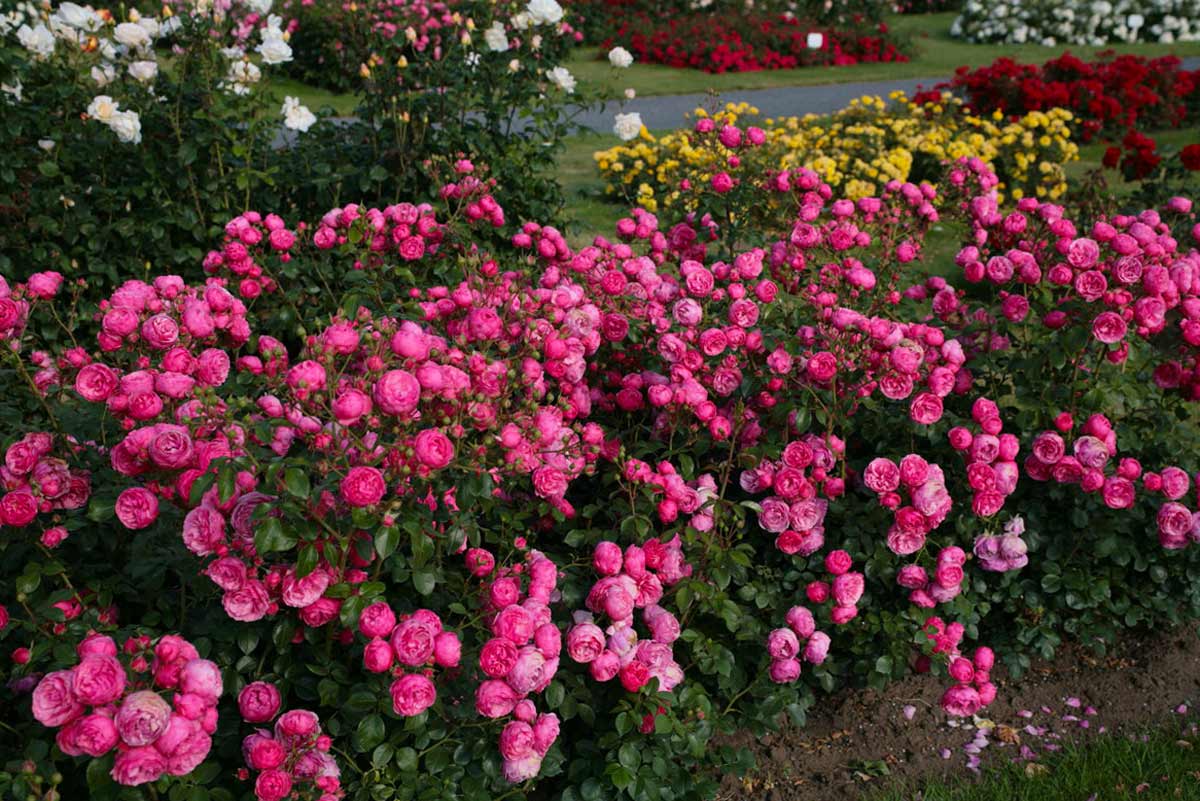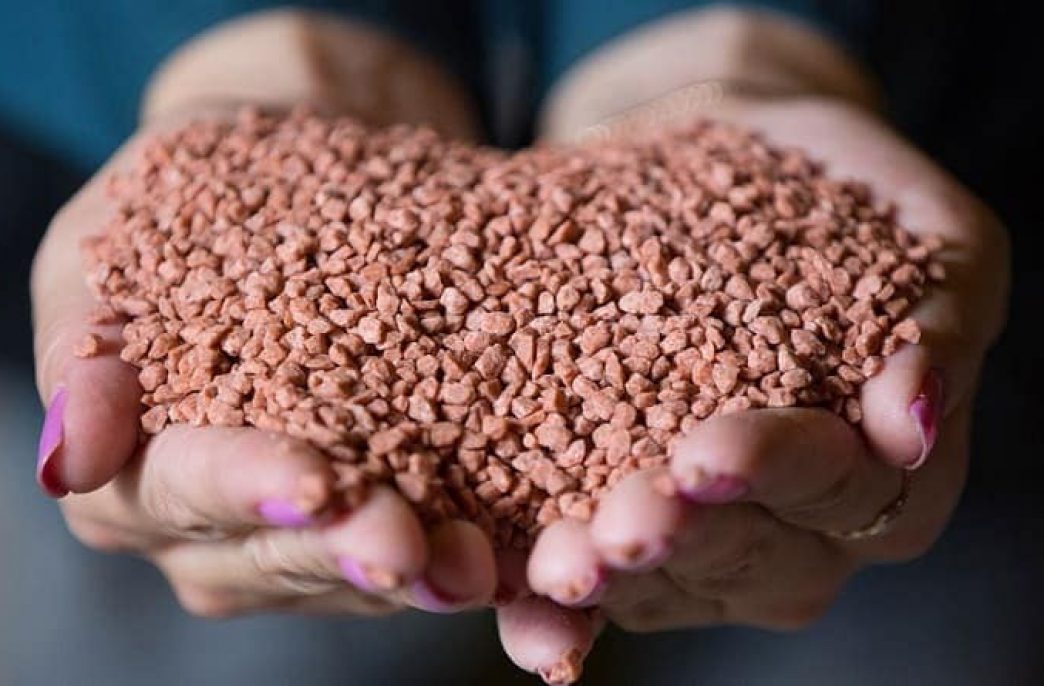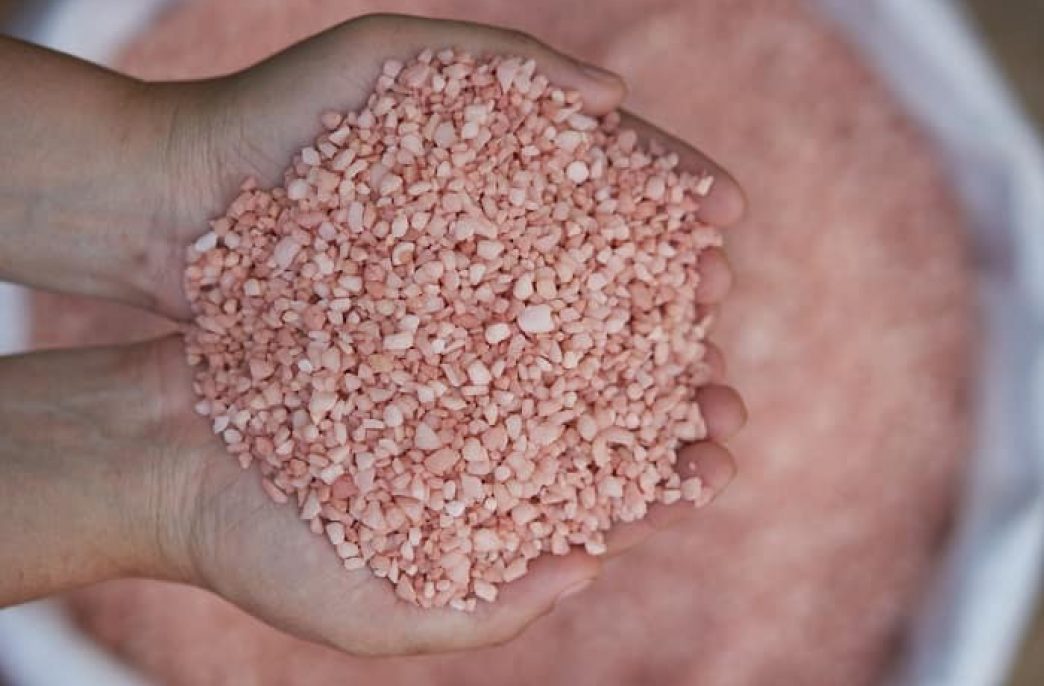How to feed a rose?

In June, a rose bloom on the garden plots of summer residents. How much joy it brings to those who have invested a lot of energy in caring for the queen of flowers! Therefore, the yellowing of the leaves, their shedding is alarming. How to help a rose maintain a beautiful and healthy appearance? Indeed, often the yellowing of a rose is associated with a lack of nutrients.
Periodic table. The main elements that roses need are:
– macronutrients (nitrogen, potassium, phosphorus);
– trace elements (iron, magnesium, manganese).
With a deficiency of one of the elements, you can observe yellowing of the leaves from the edges, completely, spots.
In the case of nitrogen deficiency, the leaves of the rose first turn pale, turn completely yellow, and then fall off. Young shoots do not develop. As a rule, the reason is planting the rose in a nitrogen-poor soil. It is urgent to feed the roots of the plant with fertilizer (urea, ammonium nitrate: two tablespoons are diluted in 10 liters of water, 2 – 3 liters per one bush) or an infusion of cow dung (insist 1 kg of manure in 10 liters of water, diluted in a ratio of 1:10 , 2 – 3 liters for a bush). A good organic fertilizer is a green herb infusion diluted with water in a 1:10 ratio.
If you find that your rose does not have enough potassium, then wood ash will help: scatter 2 – 3 handfuls in the trunk circle and loosen the soil.
Potassium fertilizers (potassium sulfate, potassium nitrate) are diluted with 2 tbsp. spoons in 10 liters of water, as well as 2 tbsp. spoons are scattered in the trunk circle and loosened.
With a lack of such a trace element as magnesium, the middle of the leaf turns yellow, reddish spots appear, the edges remain green. Yellowing occurs first on the lower old leaves, then rises higher. With a lack of iron, chlorosis of the young upper leaves of the flower develops. The veins remain green, and the leaf turns yellow. The leaves and stems of the rose are sprayed with a liquid top dressing. If you decide to use ferrous sulfate, then at the same time you will carry out antimicrobial treatment.
Improper care. Often, analyzing the reason that the plant looks stunted, is not the right place for planting a rose. The lower leaves of the plant can turn yellow with a lack of sunlight, thickening of the plantings. It is important to carry out pruning and thinning of bushes on time.
You also need to remember that the rose is loved by moderate watering. Waterlogging of the soil leads to oxygen starvation. The leaves begin to turn yellow from below, the entire leaf plate is damaged. If the roses are planted in heavy clay soil, it is worth replanting them in lighter, dry soil. But we must remember that a lack of moisture can harm the plant, the leaves will begin to curl and fall off.
Pests. Very often, along with diseases, the rose is overcome by pests that suck the juice from the leaves, so they wither, turn yellow, crumble. The main pests of the rose are:
– aphids;
– spider mite;
– thrips;
– rose leafhopper;
– Khrushch (beetle larva).
The most effective remedies for pests not rose can be called “Aktellik”, “Aktara”, “Iskra”, “Fitoverm”, as well as tobacco dust. To combat the beetle, it is necessary to excavate the root system, remove and destroy all pests, and treat the roots with the Antikhrushch preparation.
#For your information
Deficiency of iron and manganese is observed in an alkaline soil environment (ph above 7). It is necessary to bring the soil to a normal and slightly acidic reaction (ph 5 – 6), this can be achieved by mulching the roses with needles or peat.
#reference
Lack of macronutrients and micronutrients
* Nitrogen
Signs: young leaves become smaller, become pale green, fall off prematurely, sometimes red spots appear, the stems are bent, weaken.
How to treat: use urea (carbamide), ammonium nitrate, complex fertilizer (superphosphate, potassium sulfate), organic fertilizers.
* Potassium
Signs: young leaves are reddish, adults are green with brown dried edges, flowers are smaller.
How to treat: apply superphosphate, potassium sulfate, potassium humate, potassium magnesium.
* Phosphorus
Signs: young leaves become shallow, from below – reddish-purple, fall off, the stems bend and weaken.
How to treat: apply a complex fertilizer superphosphate, potassium sulfate.
* Magnesium
Signs: the middle of the leaf is pale, the tissue dies off near the central vein (it appears more on old leaves), the leaves fall off prematurely.
How to treat: use magnesium sulfate (magnesium sulfate).
* Iron
Signs: it is especially evident on young leaves, they turn yellow.
How to treat: to reduce the content of lime in the soil, apply a complex fertilizer “Ferovit”, iron vitriol.
* Manganese
Signs: more noticeable on older leaves, yellow stripes appear between the veins on the leaves.
How to treat: Manganese sulfate is used to reduce the lime content in the soil.
photo in a folder on the site, a folder of roses, etc.




